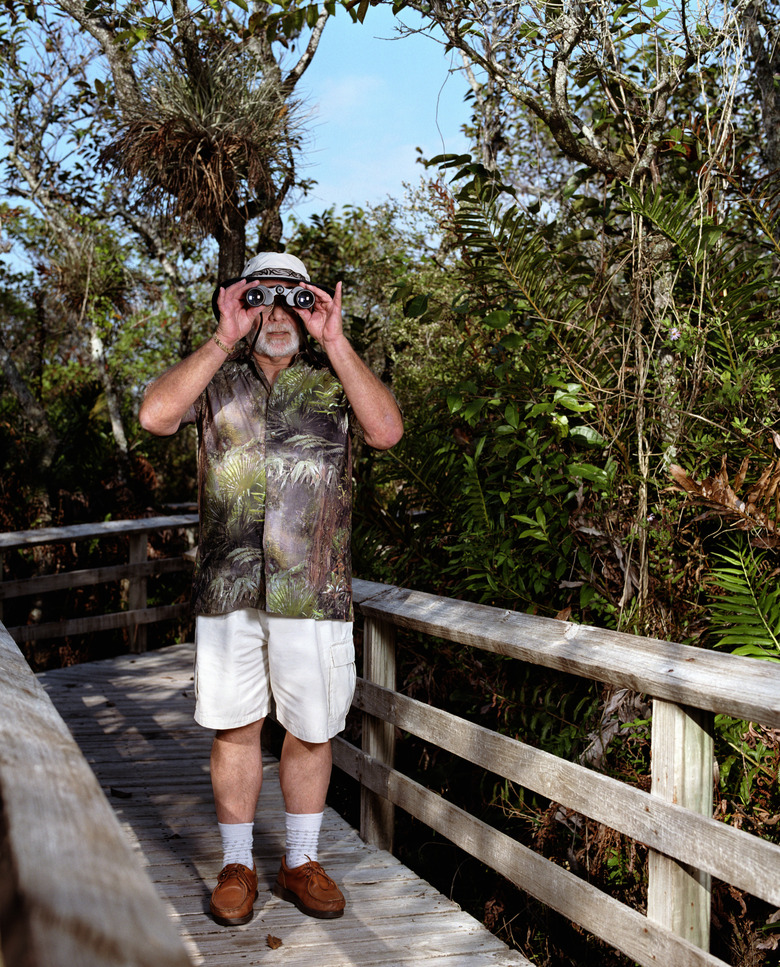Human Effect On The Florida Keys Ecosystem
The Florida Keys ecosystem consists of diverse habitats, including mangroves, coral reefs and pinelands, that are rich in unique species. Humans, too, are part of the ecosystem, and their activities affect all habitats and the animals and plants that inhabit them. The Keys ecosystem is composed of a small area of land, therefore, the impacts of human activities are magnified. Impacts include water pollution, increased invasive species, overfishing, negative effects from boating and urban development, and global climate change.
More Humans, More Pollution
More Humans, More Pollution
Human population of the area known as Southeast Florida or the Florida Keys has grown by over 3.9 million from 1970 to 2008. Orange groves have given way to housing developments, strip malls, industry and highways. These changes have brought about the destruction of natural habitats. In addition, water pollution has increased, caused by sewage treatment and septic overflow and storm water runoff that contains oil, pesticides and heavy metals..
More Tourists, More Fishing
More Tourists, More Fishing
In 2010 there were 3.8 million visitors to the Keys. Many of these visitors engaged in activities such as fishing. In addition to tourists and residents engaging in these recreational activities, commercial fishing is a large industry in the area. Overfishing has depleted species in the Keys ecosystem, leaving smaller fish and changing the interactions of the complex food web.
More Humans, More Boating and More Negative Effects
More Humans, More Boating and More Negative Effects
Boating in the area has led not only to direct injuries to manatees caused by propellers, but propellers have also scarred large areas of seagrass. Boats run aground and damage coral reefs as anchors scrape across these delicate formations. More than 500 groundings occur each year in the Keys. This destroys habitat and negatively affects the entire food chain, leading to further species loss.
More Humans, More Introduced Species and Global Warming
More Humans, More Introduced Species and Global Warming
As humans move about, they bring with them species from other areas that can get released into the ecosystem. These species can take up residence and because they have no predators, become very successful, out-competing native species and changing the dynamics of the entire ecosystem. Invasive animals and plants in the Florida Keys include the lionfish and Guinea grass. In addition to all these local direct and indirect impacts, the effects of global warming are predicted to heat the waters in the area by 4 to 10 degrees Fahrenheit and raise sea levels, possibly causing changes that are too rapid for the ecosystem to repair.
Cite This Article
MLA
Schab, Terri. "Human Effect On The Florida Keys Ecosystem" sciencing.com, https://www.sciencing.com/human-effect-on-the-florida-keys-ecosystem-12731130/. 3 January 2014.
APA
Schab, Terri. (2014, January 3). Human Effect On The Florida Keys Ecosystem. sciencing.com. Retrieved from https://www.sciencing.com/human-effect-on-the-florida-keys-ecosystem-12731130/
Chicago
Schab, Terri. Human Effect On The Florida Keys Ecosystem last modified August 30, 2022. https://www.sciencing.com/human-effect-on-the-florida-keys-ecosystem-12731130/
